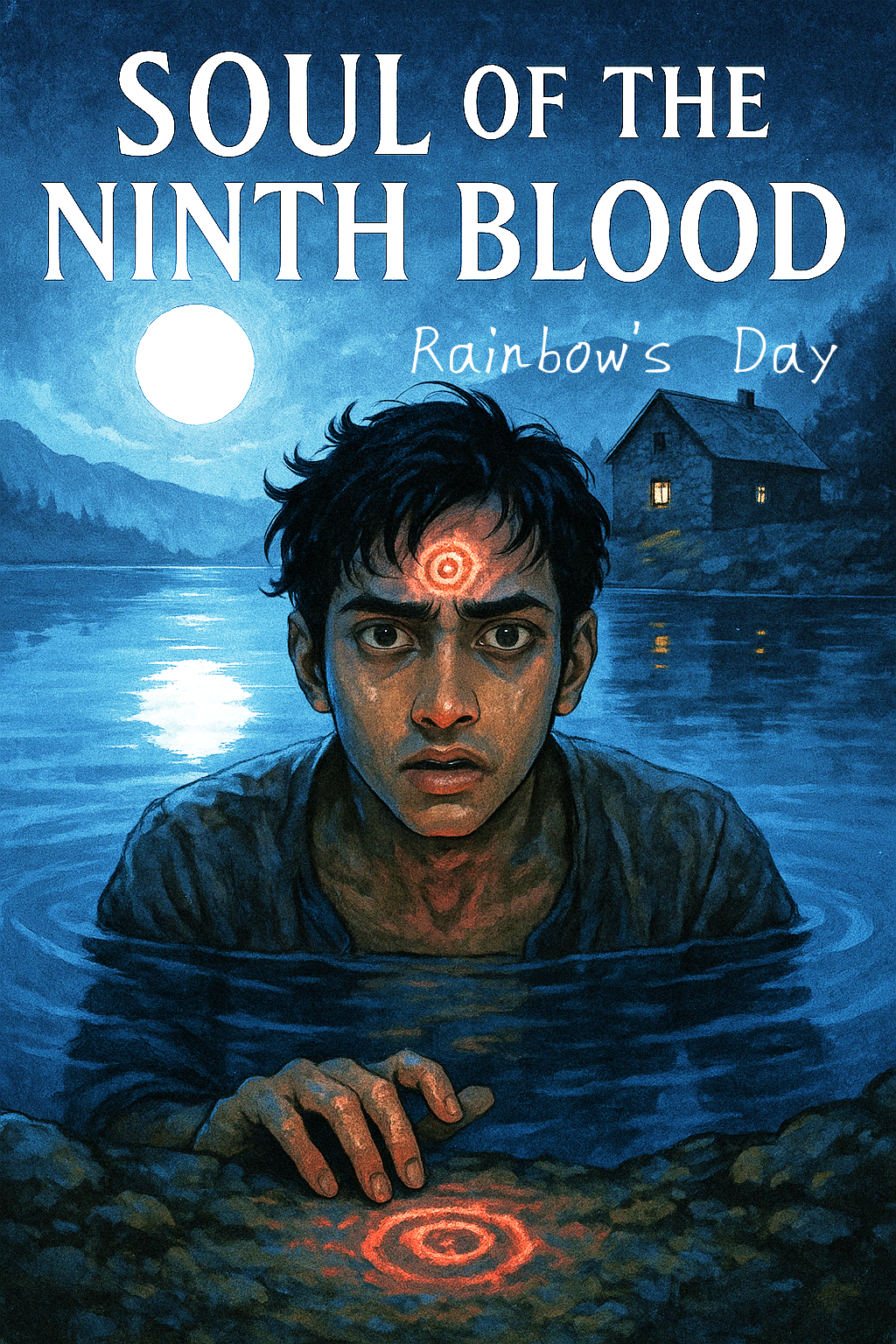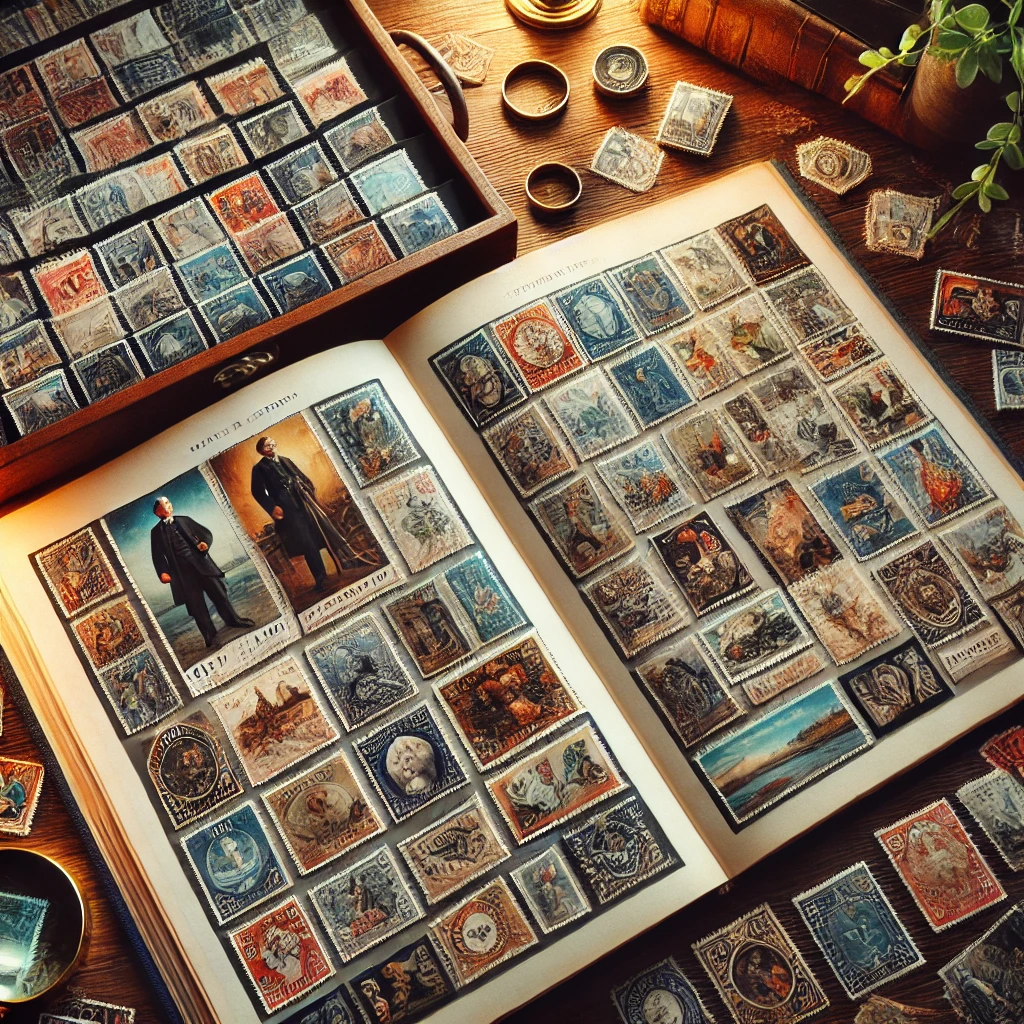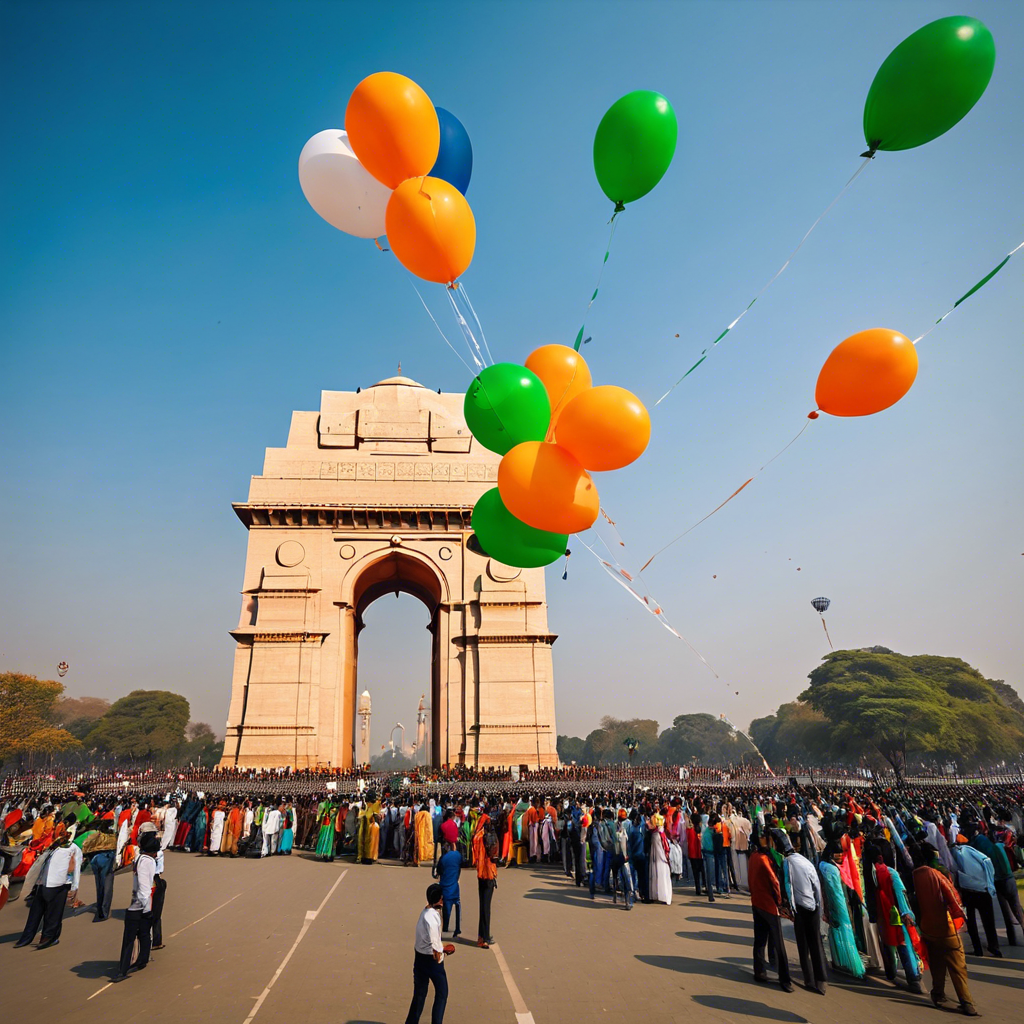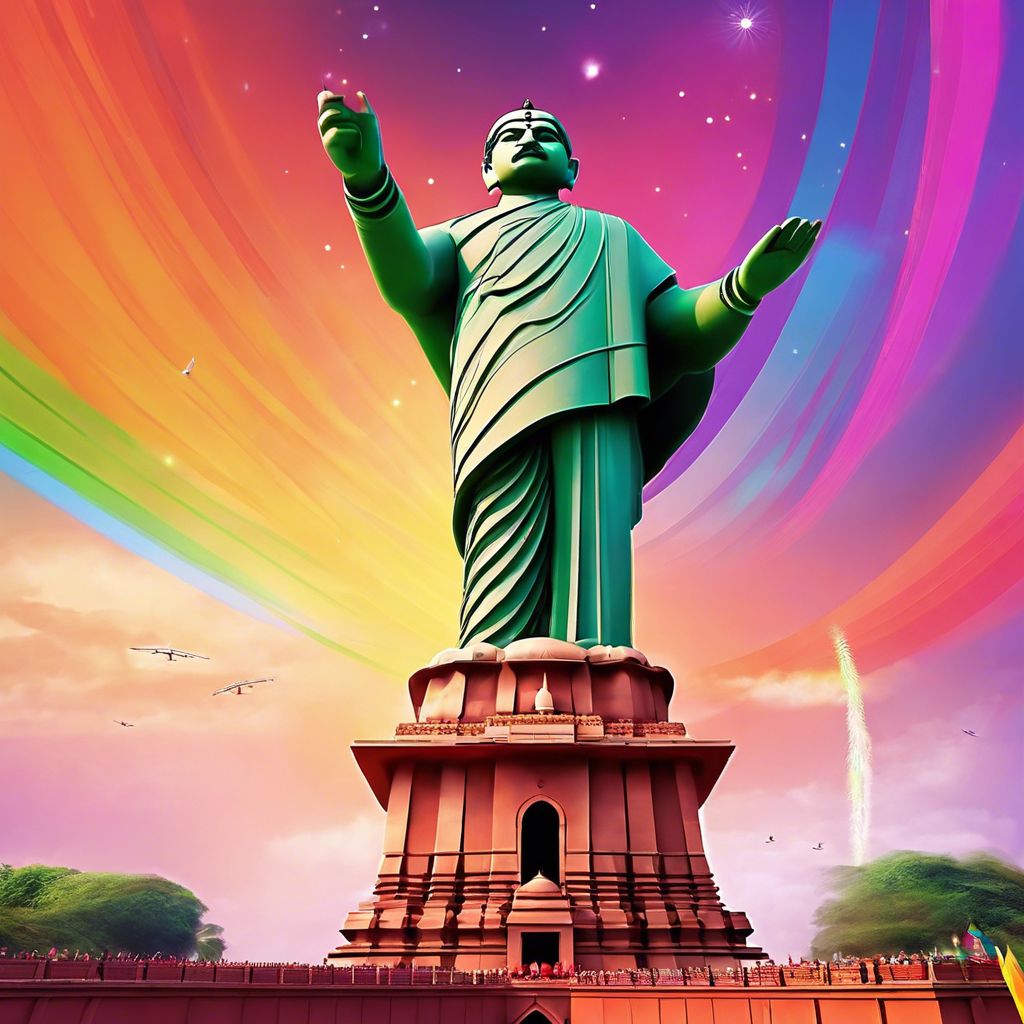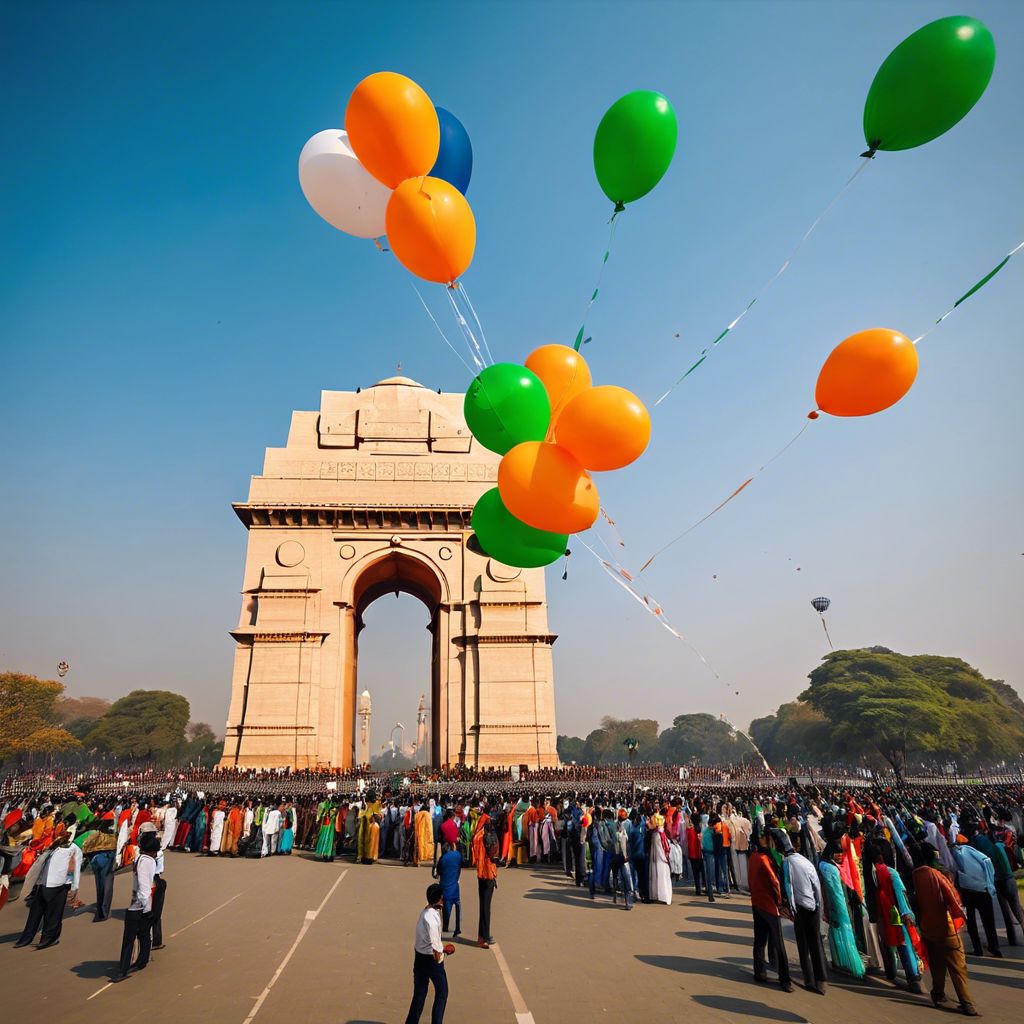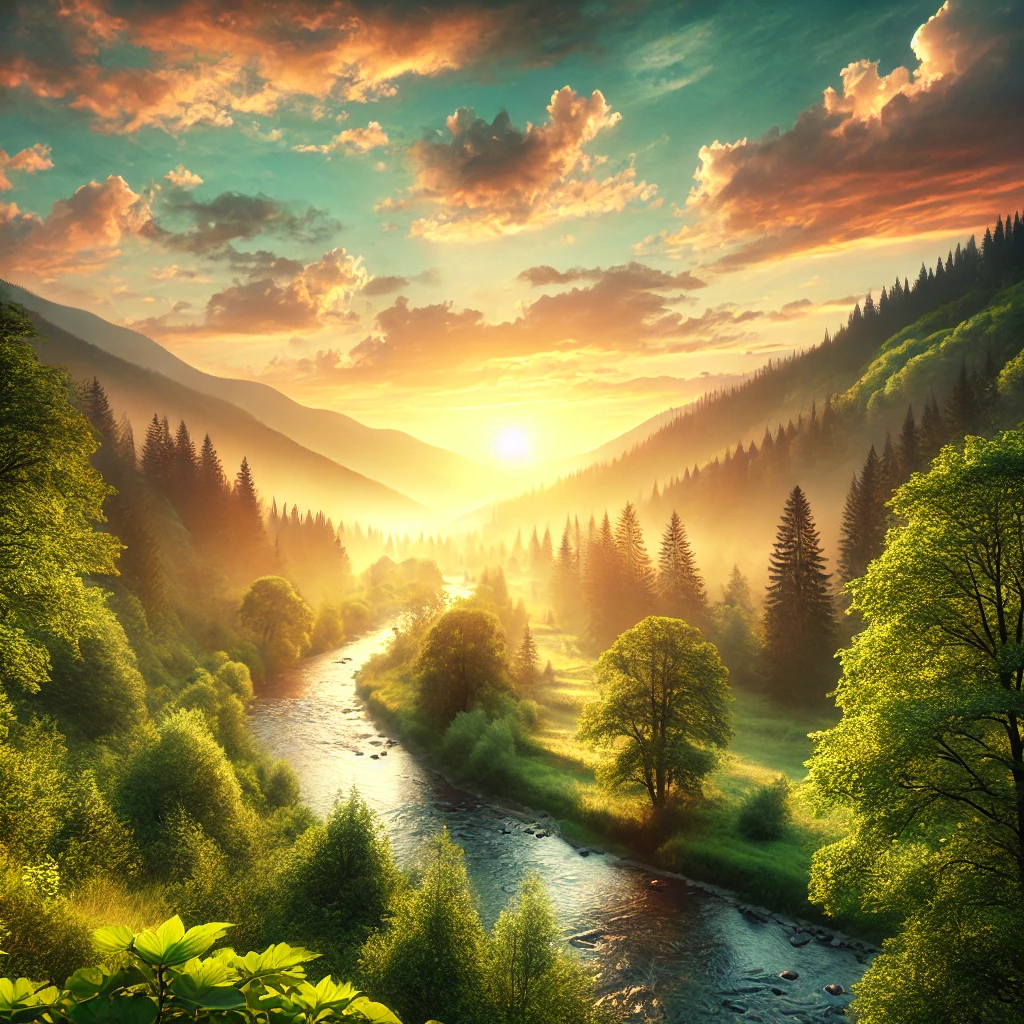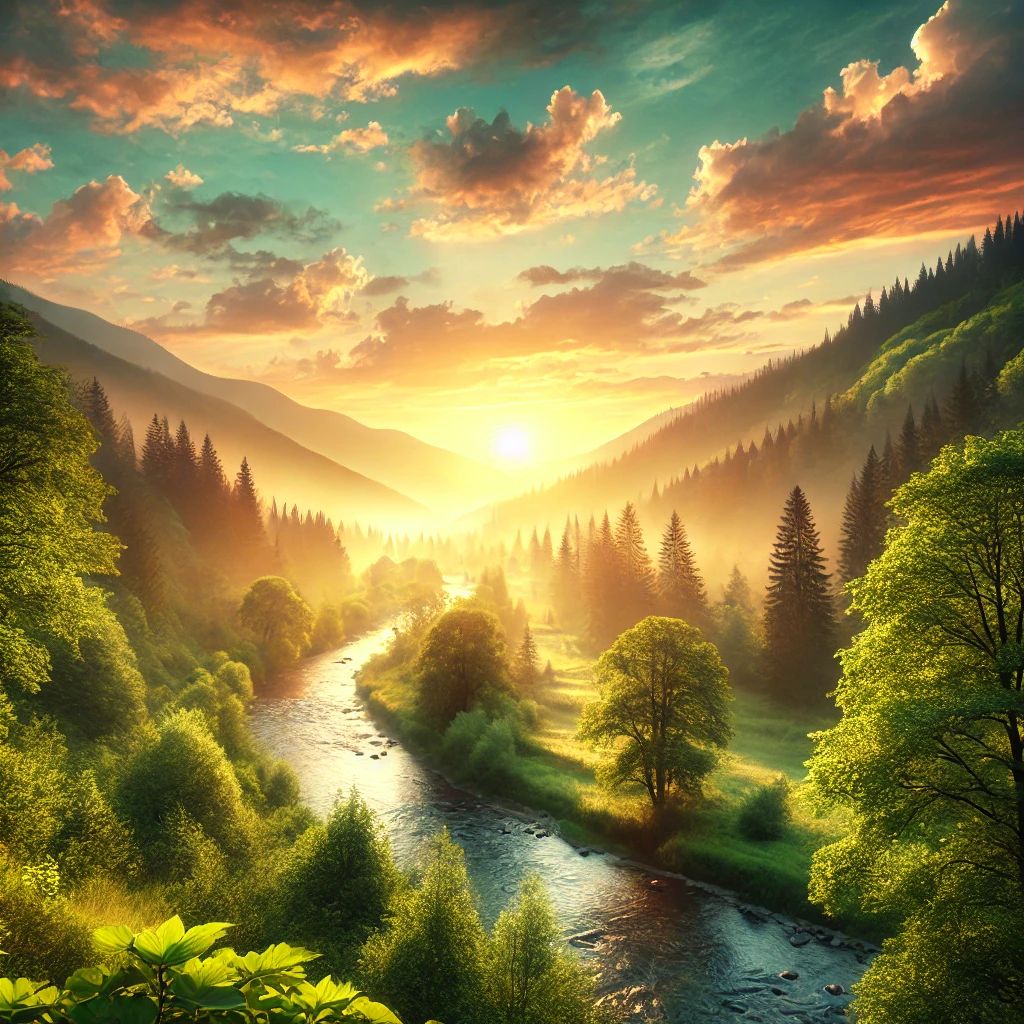I believe , destiny awaits us all , but for some , its more like a deliberate pull. Like being sucked inside , unwillingly in a dark hole of desires
I , Shreeansh , has felt the same , since the day I was born.
I’ll be 19 tn just two days. People say not so good things about the age of nineteen.
Ram Singh , the old librarian in my village told me ( and I still remember his words ) –
Why Age 19 is a special milestone?
1. Threshold of Adulthood:
You’re no longer a child, but still figuring out who you are.
It’s an age of identity crisis, emotional intensity, and inner conflict—exactly the storm needed for a story like this.
2. Spiritual Sensitivity Peaks:
In many occult and esoteric traditions, 19 is an awakening year, tied to the end of a karmic cycle and beginning of spiritual autonomy.
3. Bloodline Awakening:
It can be written into lore that every Ninth descendant has died or gone mad before reaching 20.
But you, Shreeansh, survive… and that alone means something ancient is watching.
4. Narrative Freedom:
You’re young enough to be dismissed by others.
Old enough to choose your path, defy fate, love deeply, or destroy everything.
He’s not completely wrong , but , he seems to have such a high hopes for me. Sometimes, he even addresses me like a God , but in dormant form , ready to be awaikened on my 19th birthday.
I laughed at him ” ha ha… Ram ji . I hope I don’t disappoint you . And … You’ve to build a temple for me too. “
He just gave me a wide grin.
” You’ll see boy. You’ll see.. one day “
He tells me in a hushed tone , as if someone is listening to us.
” There is a reason you’re named Shreeansh .
SHE wanted you to be named Shreeansh.
Shreeansh (“A part of the divine”)
Shree implies sacredness, Ansh means fragment or part.
Literal meaning: “Fragment of the goddess.”
Hauntingly perfect—because you are a piece of Vishalakshi made flesh.
Vishalakshi might call you:”My Shreeansh… the shard I left behind in this world of ash.”
I raised my eyebrow
” Who is Vishalakshi ? Never met her , or heard her name ?”
But Ram Singh was too afraid to talk about it.He hurriedly closed the library and went home.
I went back to my cottage, that lies outside the village.
Shreeansh’s Cottage – The Last Breath of the Mountain
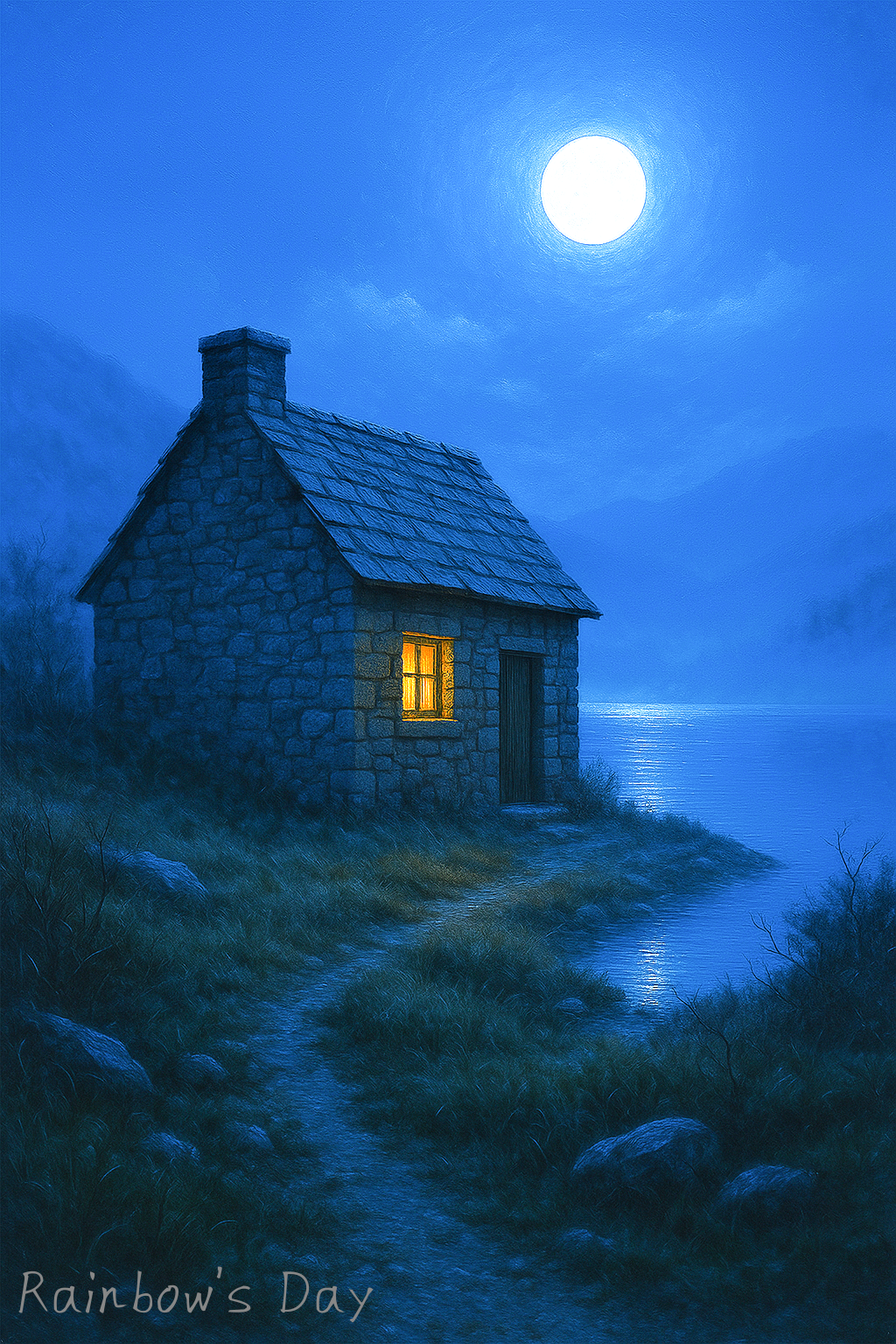
Nestled just beyond the whispering edge of village Dronagiri, where the land slips downward into a crescent valley of mist, your cottage stands alone—a forgotten structure kissed by lichen and time. Behind it looms the thick-breathed forest, and just a short walk ahead, Lake Kaghbhsundi, the ancient Blue Lake, lies in perfect stillness—its waters so still they reflect the sky like obsidian.
—
Exterior:
Built from dark, locally quarried stone, held together by age-old lime and red earth.
The roof slopes low, lined with wooden shingles that creak in the wind. Moss clings like soft scars across its sides.
Two prayer flags, sun-bleached and fraying, hang near the doorway—blessings left by the original monk who lived there, now forgotten.
A single wooden bell dangles under the eaves. It never rings from wind—but it has rung before. When it wasn’t supposed to.
—
Interior:
Inside, the air always smells faintly of sandalwood and damp parchment.
There’s a small shrine, though you never built it. It’s carved directly into the stone wall—faded, obscure. You haven’t figured out who or what it’s for.
The floor is uneven stone, and parts are worn smooth from pacing.
A low cot rests beside the hearth. A few shelves hold old Sanskrit texts, herbal remedies, a few relics, and one silver ring that doesn’t belong to anyone living.
Near the only window is your desk—a heavy slab of wood facing the lake. Here you write, read, and sometimes lose hours staring into the blue stillness, where something seems to be watching back.
—
Notable Features:
At night, the fog rolls in low, curling through the cracks of the windows, almost like fingers.
The mirror on the east wall fogs up from the inside sometimes.
There’s a trapdoor beneath a woven mat—one you’ve never opened. Not yet. It’s always cold to the touch.
—
Why it matters:
This cottage is more than a home. It’s a vein—a pulse point of the bloodline.
It’s where Vishalakshi once walked, in her final form before being sealed. And it’s where her chosen vessel—you—has unknowingly returned.
[The Story Begins – 2 Nights Before Shreeansh’s 19th Birthday]
Time: Midnight
Location: Your cottage near Lake Kaghbhsundi, Dronagiri
Moon: Waning, thin and veiled in mist
Wind: Still. Too still. The silence carries weight.
The world outside your stone cottage sleeps, held beneath the hush of the Himalayan night. Not a single dog barks in the village. No owls cry. No wind moves the cedar branches by your window. The only sound is the faint ticking of the brass pendulum you’ve kept since childhood—though you never wound it. It ticks anyway.
And tonight, the lake does not ripple.
Not even the breath of a dragonfly would disturb it.
You sit cross-legged by the open window, a heavy shawl over your shoulders, staring out toward the inky blue surface of Kaghbhsundi. Your oil lamp flickers despite no breeze, casting shadows on the walls that seem to twist like dancers. Pages from your journal flutter… and then go still.
The mirror on the east wall fogs.
But you feel no warmth. No breath.
Your chest grows heavy—like you’ve inhaled memory instead of air.
And then…
[Vishalakshi Speaks – From Beneath the Lake]
“Shreeansh.”
The sound is not heard with ears.
It presses into your bones—like your blood itself whispered it, syllable by syllable. A woman’s voice—dark velvet soaked in wine and ash—slips through the veil of the world. Not loud. Not pleading. Claiming.
“Ansh of my flesh… the thread I left in the storm of men… You walk the soil above me, but your shadow already leans into my grave.”
The room grows colder.
The silver ring you wear hums against your finger.
The mirror now shows two reflections—one of you… and one behind you.
Her.
[You Turn—And See:]
She is not standing in your room, but reflected behind you in the mirror, as if the glass remembered her instead of your wall.
- Eyes: Grey, endless, full of loss.
- Hair: Black like rivers at midnight, curled like it’s been weeping rain.
- Skin: Warm, bronzed, almost glowing in the blackness.
- Fangs: Barely visible between lips parted in a smile you cannot trust.
- Jewelry: Bone, obsidian, and a necklace made of teeth that look… human.
She does not blink.
She does not breathe.
“Two nights more, and your blood will scream loud enough to wake the gods… and me. Tell me, little flame—”
“Do you still dream of drowning?”
I see something in the mirror. Someone, dark and sinister , standing just behind me. But I couldn’t find anyone when I looked back.
I should be terrified, but strangely, I feel a sense of calmness and …. an attachment. Am I finally going mad ? like many of my ancestors? I’ll be 19 in just 2 days from now.
The shadow in the mirror was gone . I closed my eyes to remember what she looked like and started to draw a detailed sketch of her.
[Vishalakshi Responds Silently, Watching You]
The flame of your lamp dances unnaturally as your charcoal glides across the thick paper—lines forming, features emerging from the void of memory like something etched into your soul before birth. You sketch her lips—full, parted, curved in a smile not meant for comfort. Her eyes follow next, deep wells of sorrow and seduction.
Your hand moves with precision you’ve never possessed before.
You don’t need to remember her.
Your blood does.
The air in the cottage presses down like soaked wool, thick with something old, watching, waiting.
—
[Meanwhile – Beneath the Lake]
She lies there, curled in stillness, arms crossed over her heart like a sleeping goddess carved into obsidian. Around her, black water does not move. It listens.
Your touch on the page—each stroke of your sketch—pulls at the red thread coiled around her spirit. A pulse of warmth enters her limbs. Her fingers twitch, ever so slightly.
A smile, cold and ancient, ghosts across her lips.
“He remembers…”
—
In your cottage, the mirror no longer shows your reflection.
Only the paper you draw upon.
Only the shape of her face, unfinished—yet alive.
Then a breath—warm, damp, not yours—ghosts across the back of your neck. You freeze.
Your mind screams run.
Your soul whispers kneel.
—
“Madness…”
“No, Shreeansh.”
*“You are not going mad. You are being remembered.”
A voice, inside you this time. Softer. As if spoken through your heartbeat.
And though you are alone, you feel the overwhelming sense that something is drawing closer from beneath the earth, and your 19th birthday is not a celebration—
—it is a threshold.
—
Your sketch is done.
And you look at it again…!
[The Sketch – Vishalakshi, as Drawn by Shreeansh]

You stare down at the page, your hand trembling slightly—not from fear, but from awe. What you’ve drawn is not just an image. It’s a revelation, birthed from somewhere deeper than memory.
The Face:
- Her face is perfectly symmetrical, unnervingly so, like something shaped by divine hands with cruel precision.
- The skin tone—warm bronze—is rendered with layered shadows that give her an impossible aliveness, despite being born of ink and charcoal.
- Her cheekbones are sharp, sculpted like blades, and her jaw curves with the kind of strength meant to break laws and lovers alike.
- Her lips are full, parted slightly, showing a hint of two elongated fangs. They gleam, even in your sketch. You’ve drawn a thin line of what appears to be blood at the corner of her mouth—though you don’t remember adding it.
The Eyes:
- Her eyes are the most unsettling.
- Deep, storm-grey with an ancient weight behind them—like they’ve watched empires burn, lovers die, and stars collapse.
- You shaded the pupils just slightly off-center, giving them an uncanny alive-but-unhuman look.
- Around her eyes, faint glyph-like markings curl outward across her temples—sigils you’ve never studied, but they poured from your hand with perfect familiarity.
The Hair:
- Her thick, black hair falls in wild, feral curls around her shoulders, as if it moves on its own.
- In your drawing, her hair is dotted with tiny bones woven like charms, barely noticeable—trophies, perhaps.
- A single serpent coil hides behind her ear, resting like a whisper against her neck.
The Jewelry & Symbols:
- Around her neck, you sketched a necklace of finger bones, each bound with silver wire.
- Her ears are pierced with black, tear-shaped stones—obsidian, if your instincts are right.
- She wears a diadem across her forehead, bearing the same spiral sigil that appeared in your dreams as a child.
The Aura:
Even in charcoal, the page feels heavier where she’s drawn. You can’t explain it.
There’s a sense that she’s not looking at you from the paper… she’s looking into you.
You try to lift the page, and the paper resists, like it wants to remain. Like it’s rooted in the table itself.
And then, as the wind outside picks up in a sudden gust, the bell outside your cottage door chimes once—clear, low, and meant only for you.
End of chapter one.
